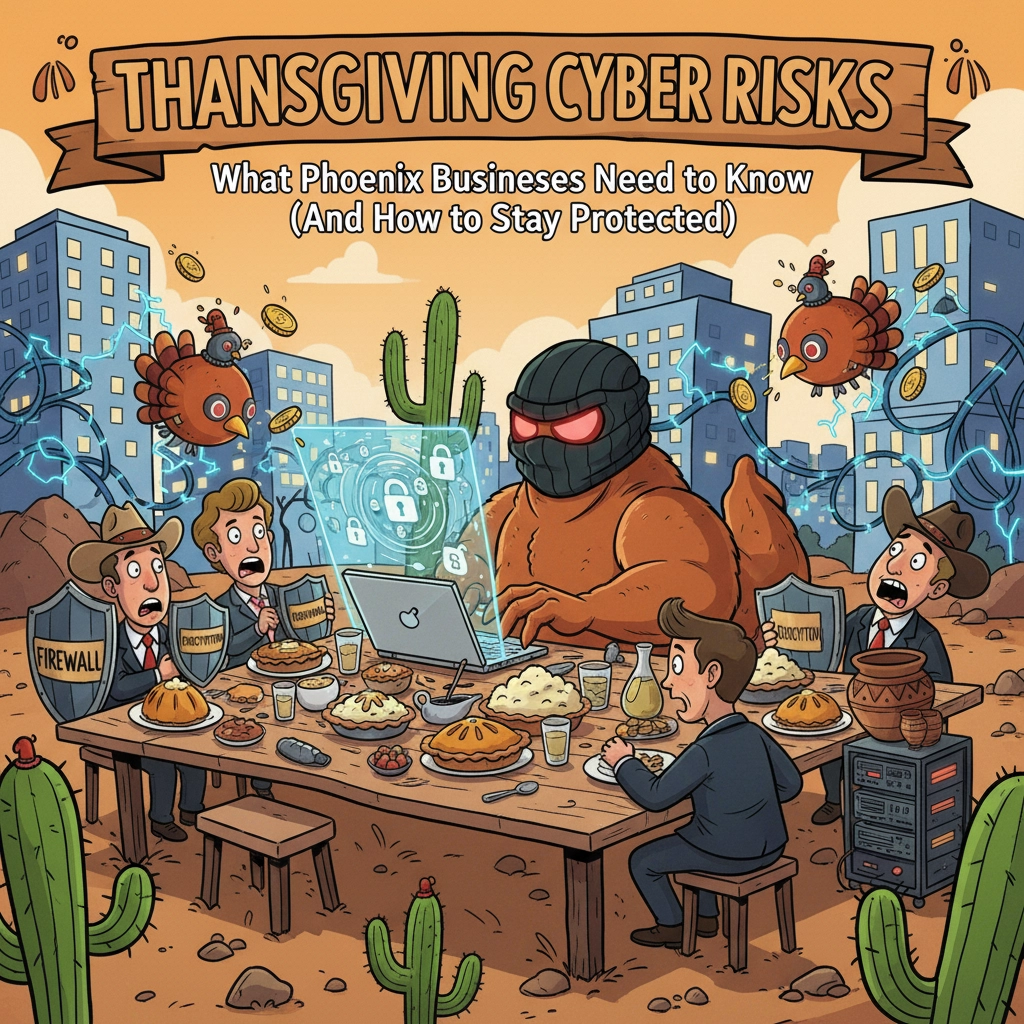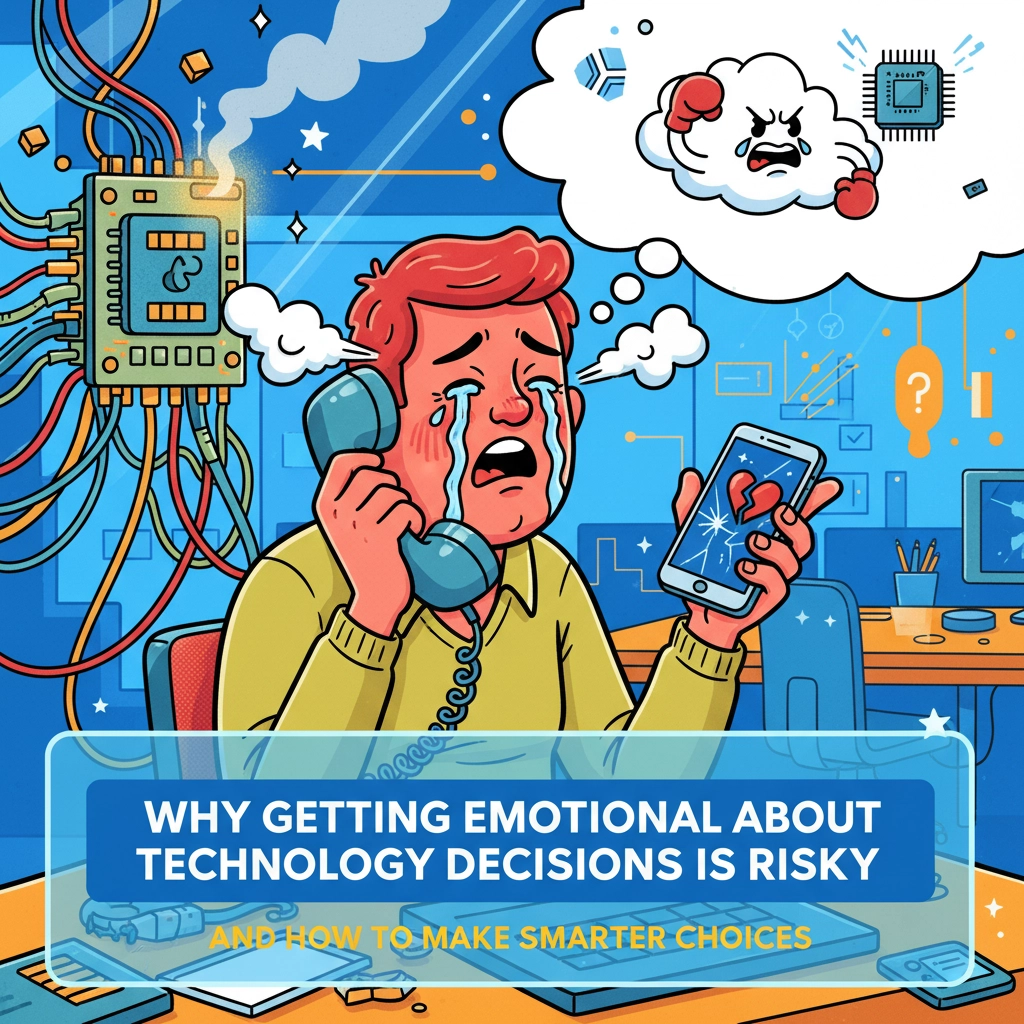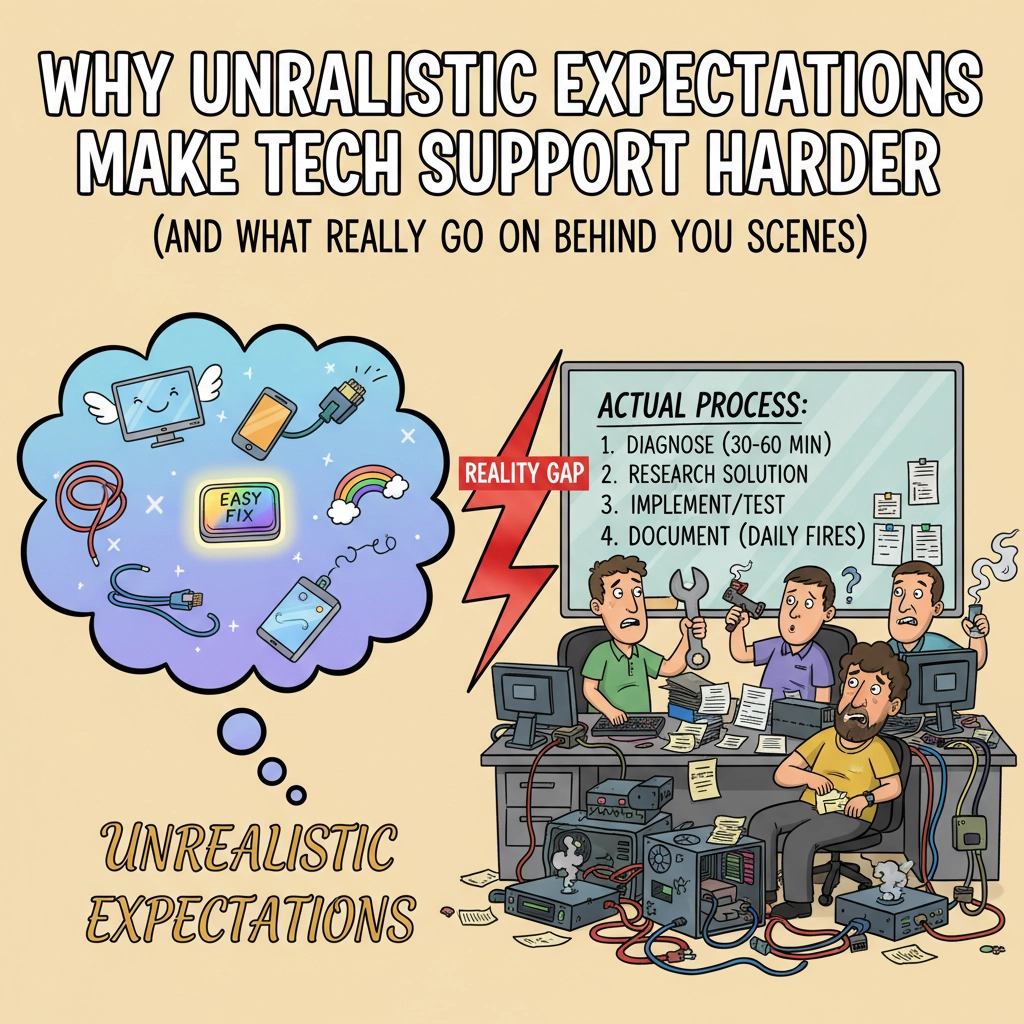Introduction: The Evolving Cyber Threat Landscape
If you’re running a business in 2025, cybersecurity isn’t just an IT issue—it’s a business survival issue. The digital landscape has transformed dramatically, and with it, the sophistication and frequency of cyber threats have reached unprecedented levels. Today’s cybercriminals are no longer just random hackers in basements; they’re organized, well-funded operations with business models that would impress even the savviest entrepreneurs.
As we navigate through 2025, understanding the cyber threats targeting your business isn’t optional—it’s essential. Let’s break down the most significant threats you need to know about and, more importantly, what you can do to protect your business.
Phishing: The Evergreen Threat That Keeps Evolving
Phishing remains one of the most prevalent threats because of its simplicity and effectiveness. These attacks exploit human psychology rather than technical vulnerabilities—and humans, unfortunately, are often the weakest link in the security chain.
What It Looks Like in 2025
Today’s phishing attempts are far more sophisticated than the obvious “Nigerian prince” emails of yesteryear. Modern phishing:
- Uses AI to craft personalized messages that mimic colleagues, vendors, or customers
- Creates nearly perfect replicas of legitimate websites and login portals
- Employs voice cloning technology for “vishing” (voice phishing) calls
- Targets employees through multiple channels including SMS, social media, and messaging apps
One small business owner recently shared how a sophisticated phishing email appeared to come from their bank, complete with accurate account details and branding. Only a subtle irregularity in the sender’s email address prevented a potentially devastating financial loss.

How to Protect Your Business
- Implement robust email filtering solutions that can detect sophisticated phishing attempts
- Conduct regular phishing simulation exercises for all employees
- Establish verification protocols for financial transactions and sensitive information requests
- Enable multi-factor authentication across all business systems
Ransomware: The Business-Killing Threat
If phishing is the common cold of cyber threats, ransomware is the pandemic. Ransomware attacks encrypt your critical business data and demand payment for its release—often with no guarantee you’ll actually get your data back.
The 2025 Ransomware Reality
Ransomware has evolved into a sophisticated criminal ecosystem:
- Ransomware-as-a-Service (RaaS) allows even non-technical criminals to launch devastating attacks
- Double extortion tactics threaten to publish stolen data if ransom isn’t paid
- Attacks increasingly target backups first to prevent recovery
- Ransom demands have escalated, with the average payment exceeding $250,000
The business impact extends far beyond the ransom itself—system downtime, reputational damage, and recovery costs often dwarf the actual payment.
Protecting Against Ransomware
- Maintain regular, air-gapped (disconnected from your network) backups
- Keep all systems and software updated with security patches
- Segment your network to prevent lateral movement by attackers
- Develop and regularly test a ransomware incident response plan
- Consider investing in specialized ransomware protection solutions
At Your Personal Ninja, we’ve seen businesses recover from ransomware attacks in hours rather than weeks simply because they had proper backup protocols in place.
Insider Threats: The Danger Within
While we focus heavily on external attackers, the reality is that insider threats—whether malicious or accidental—pose a significant risk to your business.
Types of Insider Threats
- Malicious insiders: Employees who deliberately steal data or sabotage systems
- Negligent insiders: Staff who accidentally cause breaches through carelessness
- Compromised insiders: Employees whose credentials have been stolen and used by attackers
The damage from insider threats can be particularly severe because these actors already have legitimate access to your systems and understand where your valuable data resides.
Mitigating Insider Threats
- Implement the principle of least privilege—giving employees access only to what they need
- Monitor user activity to detect unusual patterns
- Develop clear offboarding procedures for departing employees
- Create a security-aware culture that emphasizes personal responsibility
Social Engineering: Beyond Basic Phishing
Social engineering has expanded well beyond traditional phishing to include sophisticated manipulation techniques that can compromise even security-conscious organizations.
Modern Social Engineering Tactics
- Business Email Compromise (BEC): Attackers pose as executives to authorize fraudulent transfers
- Pretexting: Creating elaborate scenarios to gain trust and extract information
- Baiting: Offering something enticing to induce victims to take actions that compromise security
- Quid pro quo attacks: Offering a service or benefit in exchange for information or access

Defending Against Social Engineering
- Create verification procedures for sensitive requests, especially financial ones
- Train employees to recognize manipulation tactics
- Establish clear procedures for handling sensitive information
- Foster a culture where questioning unusual requests is encouraged, not penalized
Advanced Persistent Threats (APTs): The Long Game
APTs are sophisticated, long-term campaigns typically conducted by nation-states or well-funded criminal organizations. Unlike smash-and-grab operations, APTs focus on maintaining undetected access to your systems for extended periods.
APT Characteristics
- Employ advanced techniques to bypass traditional security measures
- Maintain persistence in your network for months or even years
- Focus on data exfiltration or strategic disruption
- Target specific organizations rather than casting a wide net
Protecting Against APTs
- Implement advanced threat detection solutions capable of identifying subtle anomalies
- Conduct regular threat hunting exercises to search for indicators of compromise
- Segment networks to limit lateral movement
- Develop an assumption of breach mentality—assume attackers are already inside and design security accordingly
The Rise of AI-Powered Attacks
Artificial intelligence has revolutionized cybersecurity—for both defenders and attackers. AI-powered attacks represent a significant evolution in the threat landscape.
How Attackers Use AI
- Generate convincing phishing emails and deep fake communications
- Automate vulnerability discovery and exploitation
- Develop malware that evades detection by learning from defense systems
- Scale attacks to unprecedented levels through automation
Countering AI-Powered Threats
- Deploy AI-powered security solutions that can detect abnormal patterns
- Keep security systems updated with the latest threat intelligence
- Combine automated defenses with human security expertise
- Stay informed about emerging AI-based attack techniques
Our cybersecurity services at Your Personal Ninja include AI-powered threat detection systems that continuously adapt to emerging threats.
Supply Chain and Cloud Vulnerabilities
Many businesses have shifted to cloud-based services and rely heavily on third-party vendors, creating new avenues for attack.
Supply Chain Risks
- Attackers target less-secure vendors to gain access to their customers
- Compromised software updates can distribute malware to thousands of businesses
- Third-party data breaches can expose your business’s information
Cloud Security Challenges
- Misconfigured cloud services often expose sensitive data
- Shared responsibility models create confusion about security obligations
- Cloud environments introduce complex identity and access management challenges

Mitigating These Risks
- Conduct thorough security assessments of vendors before partnership
- Implement strong cloud security configurations and regular audits
- Use cloud security posture management (CSPM) tools
- Develop clear security requirements for all third-party relationships
Mobile and IoT: The Expanding Attack Surface
The proliferation of mobile devices and Internet of Things (IoT) technology has dramatically expanded the attack surface for most businesses.
Common Vulnerabilities
- Unsecured personal devices connecting to business networks
- Legacy IoT devices with poor security features
- Insufficient update and patch management for mobile devices
- Weak authentication on connected devices
Securing Your Mobile and IoT Ecosystem
- Implement mobile device management (MDM) solutions
- Create strong BYOD (Bring Your Own Device) policies
- Segment IoT devices on separate network zones
- Regularly audit and inventory all connected devices
Practical Protection Strategies for 2025
With all these threats in mind, what concrete steps can you take to protect your business?
The Cybersecurity Fundamentals
- Get the basics right: Strong passwords, multi-factor authentication, regular updates, and proper backups prevent a significant percentage of breaches.
- Educate your team: Regular security awareness training is one of the highest-ROI security investments you can make. Check out our efficiency resources for more information.
- Layer your defenses: No single security solution is foolproof. Implement multiple layers of protection.
- Plan for failure: Develop an incident response plan assuming breaches will eventually occur.
- Stay informed: Cyber threats evolve constantly. Make staying current on security trends part of your business routine.
- Consider expert help: Most small and medium businesses lack the resources for comprehensive in-house security teams. Partnering with specialized cybersecurity providers can offer enterprise-grade protection at a fraction of the cost.
Conclusion: Security as a Business Strategy
In 2025, cybersecurity isn’t just about preventing attacks—it’s about business resilience. The organizations that thrive will be those that integrate security into their business strategy rather than treating it as an IT afterthought.
Remember that cybersecurity is a journey, not a destination. The threat landscape will continue to evolve, and your security posture must evolve with it. By understanding the threats outlined in this article and implementing appropriate protective measures, you can significantly reduce your risk and focus on what you do best—running your business.
For businesses looking for additional support, our SMB Bundle provides comprehensive protection against the threats discussed in this article. Your business deserves the peace of mind that comes with professional cybersecurity protection.
Stay secure, stay vigilant, and remember—in the world of cybersecurity, an ounce of prevention truly is worth a pound of cure.
Share this:
- Click to share on Facebook (Opens in new window) Facebook
- Click to share on Tumblr (Opens in new window) Tumblr
- Click to share on X (Opens in new window) X
- Click to share on Pocket (Opens in new window) Pocket
- Click to share on Pinterest (Opens in new window) Pinterest
- Click to share on LinkedIn (Opens in new window) LinkedIn




